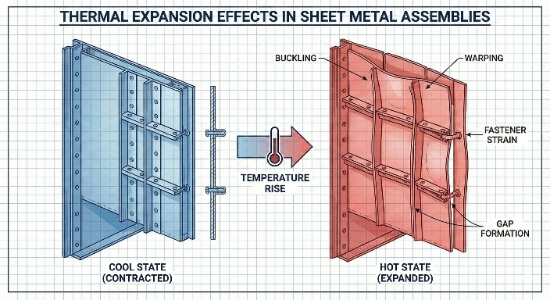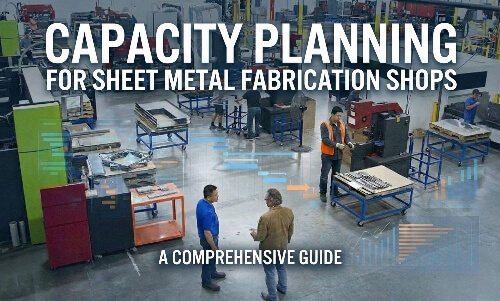Steel surfaces don’t come out of the mill perfectly. They’re rough, scaly, and covered in rust or residue. This can lead to poor paint adhesion, lower durability, or defects in the final part. The fix? Steel pickling. It’s a process that cleans and prepares the surface so it performs better in the next stage—coating, welding, or forming.
Want to know why this step matters before you weld, bend, or coat your steel parts? Let’s look closer at what’s really going on in the pickling tank.
What Is Steel Pickling?
Steel pickling is a chemical treatment that cleans the surface of steel. It removes mill scale, rust, and other oxides that form during hot rolling or storage. The process usually uses acid solutions, such as hydrochloric or sulfuric acid, to react with the surface oxides and dissolve them. Once cleaned, the steel has a bright, bare-metal appearance.
This process can be done in batch tanks or continuous lines. After the acid treatment, steel is rinsed and sometimes coated with oil to prevent re-rusting. Pickling helps improve the quality of downstream processes like painting, plating, or welding.
How Does Steel Pickling Work?
The pickling process involves a few straightforward steps. Each one plays a role in removing the scale and protecting the steel afterward. Let’s break down each stage.
The Acid Bath
The first step is the acid bath. Steel parts or coils are submerged in a tank filled with acid. This acid is usually hydrochloric or sulfuric, depending on the steel type and the scale to be removed. The acid reacts with the oxide layer and dissolves it.
The time steel stays in the acid bath depends on the thickness of the scale and the acid concentration. If the steel stays too long, the acid may start attacking the base metal. If the time is too short, some scale may remain.
Rinsing and Neutralizing
After acid treatment, the steel is covered in residue and leftover acid. Rinsing washes off these residues. It usually uses clean water and sprays or submersion methods. Without rinsing, leftover acid could corrode the steel or interfere with coatings.
Neutralizing is the next step. It often involves a mild alkaline solution, like sodium hydroxide or soda ash. This neutralizes the acid that might still cling to the surface. It protects the steel from flash rusting and prepares it for storage or the following process.
Drying and Oiling
After rinsing and neutralizing, steel surfaces must be dried. Moisture left on the surface can cause rust. In continuous lines, hot air or gas heaters dry the steel. In smaller setups, drying might be done with air knives or absorbent materials.
To prevent new rust from forming, the steel is often coated with a thin layer of oil. This oil acts as a barrier against moisture and air. It helps keep the steel clean and stable until it’s used in further processing like stamping, welding, or painting.
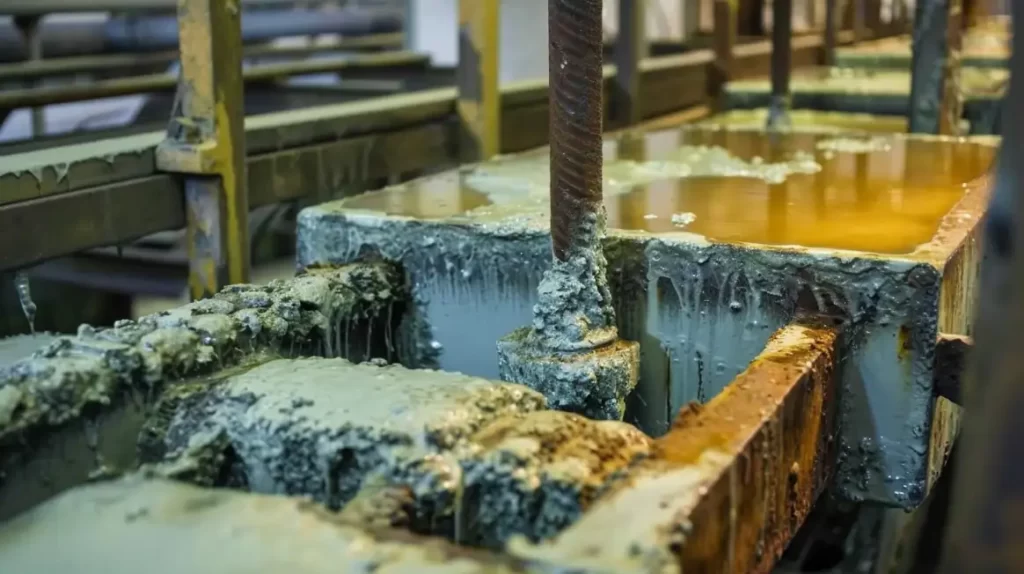
Common Pickling Methods
Different production needs require different pickling setups. These methods vary in how steel is handled and how acid is applied.
Batch Pickling
Batch pickling is used for smaller lots or parts with complex shapes. Steel is loaded into racks, baskets, or tanks. Then, it’s dipped into acid baths for a set amount of time.
This method works well for custom parts, low-volume jobs, or irregular geometries. It offers more control over time and exposure, which helps avoid over-pickling.
Continuous Pickling
Continuous pickling is used for high-volume flat steel, like coils or strips. Steel runs through a series of acid tanks at a controlled speed. After the acid stage, it passes through rinsing, drying, and oiling stations—all in one line.
This method is fast and efficient. It’s ideal for large operations where consistency and speed matter. Continuous lines are standard in steel mills and large processing centers.
Electrolytic Pickling
Electrolytic pickling uses acid but also adds an electric current. The steel acts as an electrode in the acid solution. The current helps break down oxides faster and more thoroughly.
This method can remove scale more quickly and with less acid use. It’s often used for stainless steel or specialty alloys where surface quality is critical. The equipment cost is higher, but the results can be cleaner and more uniform.
Safety Tips for Steel Pickling
Pickling involves strong acids and chemical reactions. These can pose risks to workers and equipment if not handled properly.
Always wear personal protective equipment. This includes gloves, goggles, face shields, and acid-resistant clothing. Make sure that ventilation systems are working to remove fumes from the air.
Train staff to handle acids safely. Workers must know how to measure and mix acids, monitor bath conditions, and respond to spills. Post safety signs and emergency procedures clearly in the area.
Use corrosion-resistant tanks and piping to avoid leaks. Install proper drainage and acid recovery systems to limit waste and reduce environmental impact.
Store acids in clearly labeled containers. Please keep them in well-ventilated, secure spaces. Make sure neutralizing agents like lime or baking soda are nearby in case of accidental spills.
Regular maintenance and monitoring keep the system running safely. Check for leaks, rust, or blockages. Ensure that pH levels are within the target range and that the equipment is functioning correctly.
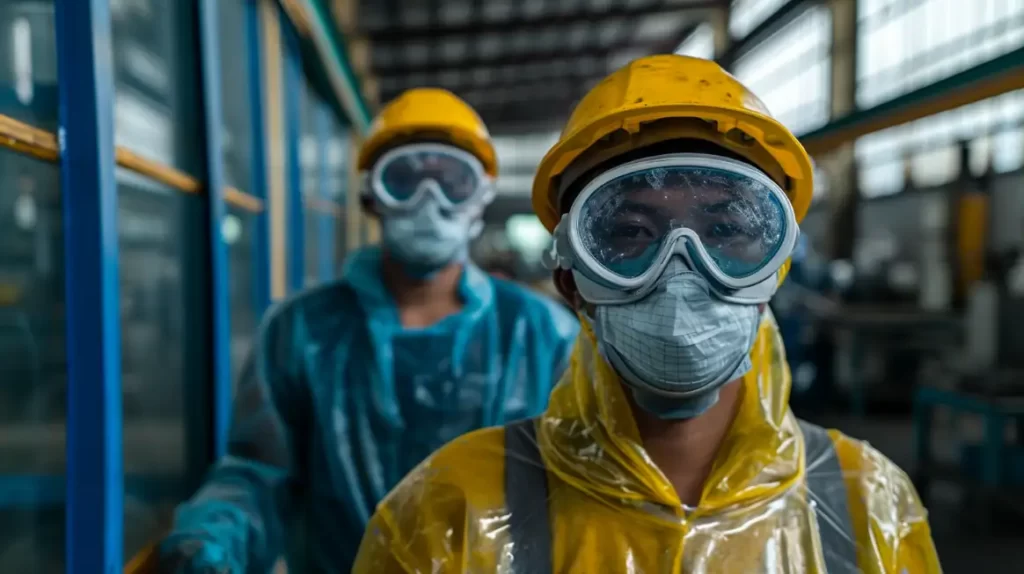
Benefits of Steel Pickling
Steel pickling does more than just clean metal. It transforms raw steel into a superior material ready for fabrication. Here’s what it delivers:
Improved Surface Cleanliness
Pickling removes all the oxide scale, rust, and surface contaminants. It leaves the steel smooth and clean. This improves the look of the material and reduces problems in forming or welding. Clean steel is easier to inspect, measure, and machine.
Enhanced Coating and Plating Adhesion
When steel is pickled, coatings and finishes stick better. Paint, powder coat, zinc plating, or other finishes form stronger bonds on a clean surface. This reduces the risk of peeling, blistering, or corrosion.
Extended Lifespan of Final Products
A clean, coated surface protects better against moisture and corrosion. That means pickled and finished steel parts last longer in harsh environments. Whether it’s for automotive, outdoor structures, or appliances, the extra surface prep adds value.
Potential Challenges and Risks
While steel pickling offers clear benefits, it also brings challenges that need careful control. Ignoring these can cause quality problems, safety hazards, or higher costs.
Acid Handling and Corrosion Issues
Acids used in pickling are aggressive. They can damage equipment if tanks, pipes, or valves aren’t made from corrosion-resistant materials. Regular maintenance is needed to prevent leaks or structural failure.
Handling strong acids also puts workers at risk. Spills, splashes, or fumes can cause injuries. Proper training and protective gear are critical to avoid accidents.
Environmental and Waste Disposal Concerns
Pickling creates waste acid, rinse water, and sludge that contains metals and chemicals. If not treated properly, these can harm the environment. Waste management systems must follow strict local rules for disposal and recycling.
Many facilities install acid recovery systems to reduce waste and lower operating costs. These systems help reuse chemicals and limit pollution.
Hydrogen Embrittlement in Certain Steels
Some steels, especially high-strength grades, can absorb hydrogen during pickling. This trapped hydrogen can cause cracks or failure later, especially under stress. This issue is known as hydrogen embrittlement.
To reduce this risk, pickling times must be controlled. In some cases, alternative cleaning methods or post-pickling heat treatments are used to release hydrogen before final use.
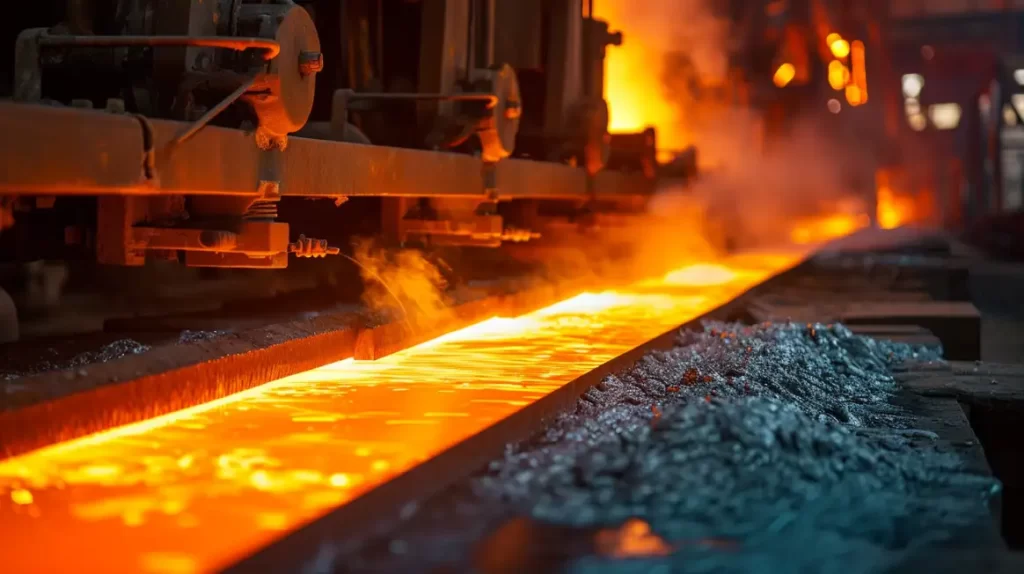
Alternatives to Pickling
Not all applications need acid-based cleaning. Some shops use mechanical or thermal methods instead. These alternatives avoid chemical handling and reduce waste.
Sandblasting
Sandblasting shoots abrasive particles at high speed onto the steel surface. This knocks off rust, scale, and paint. It’s effective for large parts or areas where acids might be hard to apply.
This method leaves a rough surface, which can help with paint or coating grip. It doesn’t require chemicals, but it creates dust and noise. Operators need protective gear and good ventilation.
Mechanical Cleaning
Mechanical cleaning includes grinding, brushing, or tumbling with abrasives. These are low-cost and straightforward methods. They work well on small batches, flat surfaces, or parts with simple shapes.
Unlike acid pickling, mechanical methods don’t risk hydrogen embrittlement. However, they may struggle to reach tight spaces or deliver consistent results on complex geometries.
Laser Cleaning
Laser cleaning uses a focused beam to remove surface layers. It vaporizes rust and oxides without touching the base metal. This method is precise and clean.
Laser systems are expensive, but they offer excellent control and leave no chemical waste. They work well for high-value parts or sensitive environments like aerospace or medical.
Applications of Pickled Steel
Pickled steel is used across many industries where clean, reliable surfaces matter. It helps improve part performance, reduce failures, and streamline finishing processes.
Automotive Industry
Automakers use pickled steel for body panels, frames, brackets, and underbody parts. Clean steel reduces tool wear in stamping and gives a better base for paint or coating. It also improves weld quality and helps meet corrosion standards.
Construction
In construction, pickled steel is used for structural beams, pipes, rebar, and support systems. Removing scale helps improve weld joints and extends the life of protective coatings.
Appliance and Equipment Manufacturing
Appliance makers need clean steel for panels, doors, and internal parts. Pickled surfaces improve appearance and reduce defects in coatings. Washing machines, refrigerators, HVAC systems, and industrial equipment often rely on pickled steel for long-term durability and clean finishes.
Conclusion
Steel pickling is a chemical process that removes scale, rust, and other surface impurities from metal. It improves surface cleanliness, boosts coating and weld performance, and extends product life. Whether done in batch or continuous lines, pickling prepares steel for better results in forming, painting, and final use.
Need clean, reliable steel parts for your project? Contact us today to get a fast quote and expert support for your custom fabrication needs.
Hey, I'm Kevin Lee

For the past 10 years, I’ve been immersed in various forms of sheet metal fabrication, sharing cool insights here from my experiences across diverse workshops.
Get in touch

Kevin Lee
I have over ten years of professional experience in sheet metal fabrication, specializing in laser cutting, bending, welding, and surface treatment techniques. As the Technical Director at Shengen, I am committed to solving complex manufacturing challenges and driving innovation and quality in each project.


